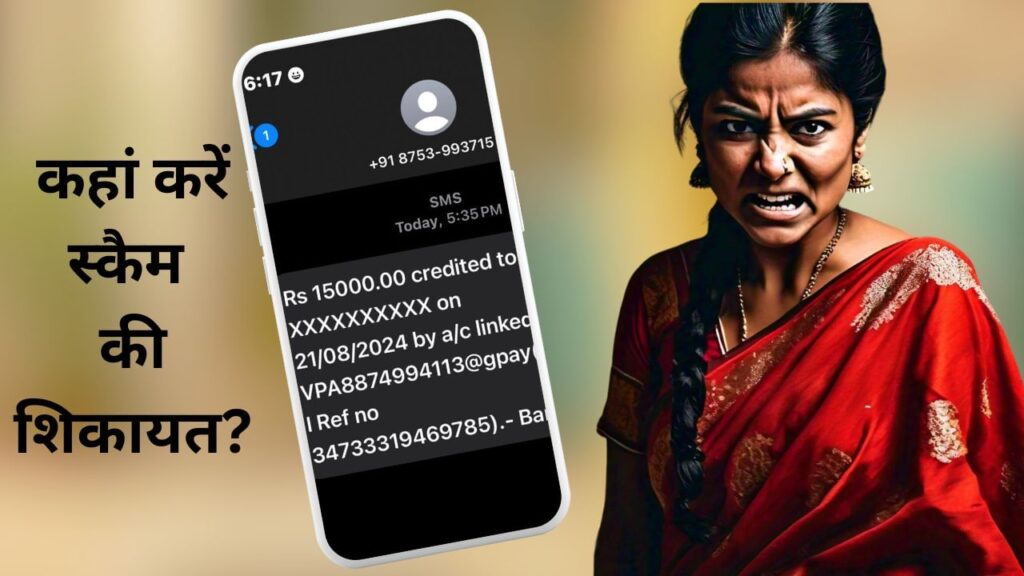I was in an elevator when I received an unknown message on my phone stating that ₹15,000 had been credited to my account. Shortly after, I received a call from someone claiming that money had been transferred to my account. Strangely, he knew my name. When I asked how the money was sent, he said my father had sent it. Since I was already aware of cybercrime cases like this, I quickly realized it was a fraud attempt.
I asked the caller to tell me my father’s name if he really sent the money. After that question, he started to dodge the topic and began speaking nonsensically. Realizing that his scam wouldn’t work here, he blurted out absurdities. I immediately scolded him and hung up, blocking his number.
Such calls and messages can reach you as well, so it’s crucial to stay alert. Merely hanging up and blocking the number isn’t enough. It’s much better to report such fraudulent calls, which I also did. Let’s understand how to identify fake calls/messages and where and how to file a complaint.
How to Identify Fake Messages?
Credit Sms Fraud
Distinguishing between genuine credit messages from banks and fraudulent SMS can be quite straightforward. Banks never send messages from private numbers, while scammers often use regular-looking numbers. Additionally, there’s typically a difference in message patterns; genuine bank messages include the last four digits of your bank account number, whereas scammers replace the account number with XXXXXX. You’ll also notice a different format in the scam messages.
However, people often overlook these discrepancies. So it’s advisable to be vigilant about these points to effectively differentiate between genuine and fake messages.
How to Identify Fraud Calls?
Scammers often attempt to avoid direct answers and will beat around the bush. Instead of merely agreeing, make it a habit to ask questions. If you throw a few questions their way, they may become flustered, revealing inconsistencies in their stories. Another critical point is: if your father or any relative has sent or requested money, always verify directly with them. Why would they entrust a third-party stranger with such a transaction? So, scrutinize every aspect of the conversation.
Where to File Complaints About Scam Calls?
Even if you haven’t lost money to a fraudulent call, it’s crucial to report the incident. I utilized the government’s Chakshu portal to lodge my complaint. Here’s how to do it:
Steps to File a Complaint:
- Open the Chakshu portal in your phone or computer’s web browser.
- Visit https://sancharsaathi.gov.in/sfc/.
- Click on the ‘Continue’ button, where you can select your preferred language.
- After clicking on ‘Continue’, a form will appear. Fill in the relevant details related to the incident.
- Attach screenshots of the scam call or message and include the caller’s number.
- Proceed to fill in your personal details and enter the OTP sent to your phone.
- Submit your complaint after verification; the government will take necessary action in due time.
Additionally, you can dial 1930 to file a complaint with the Cyber Cell.
